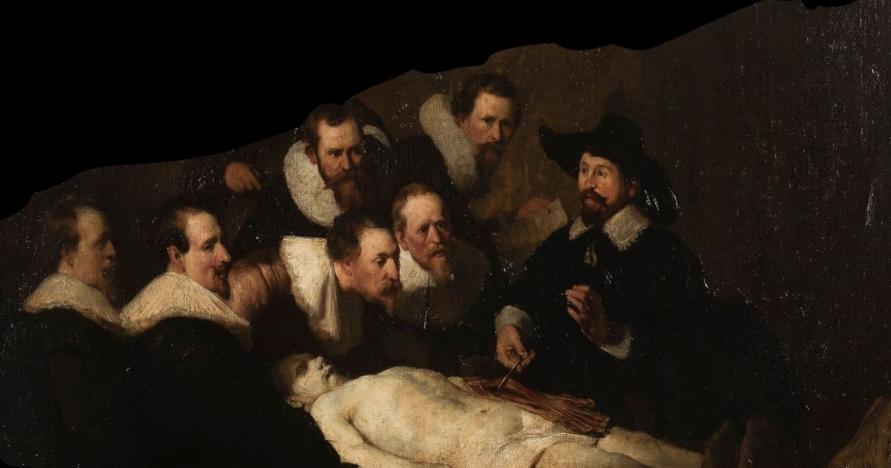
“By my troth, Nerissa, my little body is aweary of this great world.”
- Portia, Shakespeare’s The Merchant of Venice
The concept of embodiment was central to the way in which early cultures conceptualized human relationships—political, social, religious, economic, and affective. The body appears in global literature and culture pre-1800 as a tool for political creation, a vessel for religious experience, a space for identity construction and conflict, and a catalyst for community, among myriad other functions. Premodern communities were formed, ruptured, and reformed around
the categorized and hierarchized body; corporeal appearance, ability, and experience became crucial markers of developing sociopolitical categories like race, gender, and class. The process of incorporation into community raises fraught questions about bodily agency, boundedness, and vulnerability. Premodern texts negotiate the debts of care and service that individuals owe to their communities, and what communities should offer in return. The body is also used as a vehicle of knowledge production and a lens through which different disciplines (philosophical, scientific, medical, and others) develop theories of the world. This conference is interested in exploring global premodern understandings of the body, experiences of incorporation, and the way in which these things intersect, commingle, and create tension.
To submit a proposal: https://forms.gle/6JBUnhxJGxN3Hk5j8
For information, contact Chelsea Lee, chelsml3@uci.edu.
